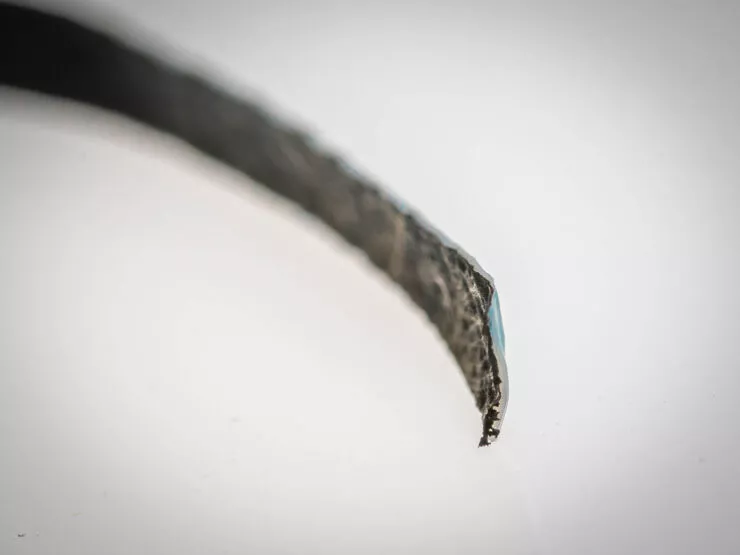Complex bone fractures can be difficult to treat, sometimes requiring the injured bone to be removed and replaced with bone harvested from elsewhere in the body. Thanks to an experimental new material, though, bone-building micro-robots may someday provide a less drastic alternative.
The technology is being developed by scientists from Sweden's Linköping University and Japan's Okayama University. It's inspired by the fontanelle tissue that allows babies' skulls to be soft and flexible when they're passing through the birth canal, but that then hardens into bone shortly thereafter.
The material itself currently takes the form of a thin strip of an alginate (algae-derived) hydrogel. One side of that gel is covered with an electroactive polymer called polypyrrole (PPy), while the other contains biomolecules known as cell-derived plasma membrane nanofragments (PMNFs).

When a low-voltage electrical current is applied to the material, the PPy responds by increasing in volume. Because the polymer is only on one side of the strip, this response causes the strip to bend to one side. By cutting different patterns into the material, it's possible to make the strip bend into different shapes, such as a semi-circle or a corkscrew.
Meanwhile, because the PMNFs are derived from cells involved in the bone development process, they will naturally mineralize and harden like bone when placed inside the human body.
It is therefore hoped that one day, tiny "microbots" made of the material could be injected into complex bone fractures, then made to expand and fill the bone deficits via the application of an electrical current. They would then harden into deficit-filling bone.
In lab experiments, the scientists have successfully caused strips of the material to wrap themselves around chicken bones in a cell culture medium (which was chemically similar to the human body). Those strips subsequently developed into artificial bone which fused with the chicken bone.
The research is being led by Edwin Jager, Danfeng Cao, Emilio Satoshi Hara and Jose Martinez. It's described in a paper that was recently published in the journal Advanced Materials.
Source: Linköping University




